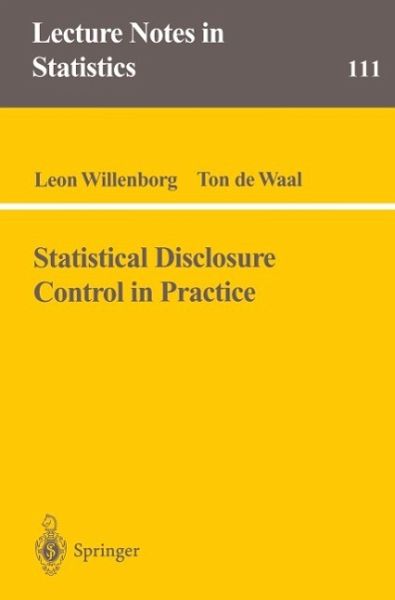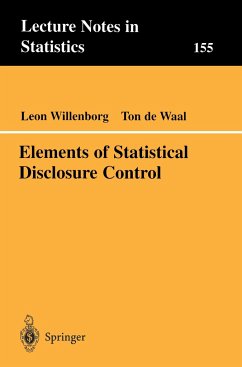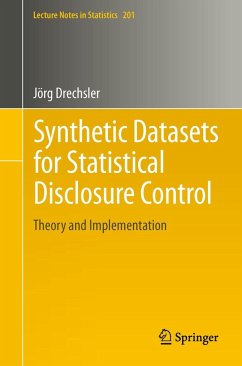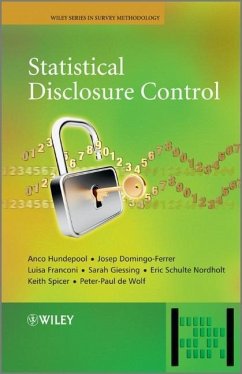
Statistical Disclosure Control in Practice

PAYBACK Punkte
39 °P sammeln!
The aim of this book is to discuss various aspects associated with disseminating personal or business data collected in censuses or surveys or copied from administrative sources. The problem is to present the data in such a form that they are useful for statistical research and to provide sufficient protection for the individuals or businesses to whom the data refer. The major part of this book is concerned with how to define the disclosure problem and how to deal with it in practical circumstances.














